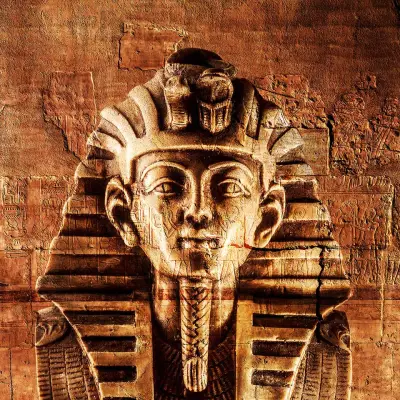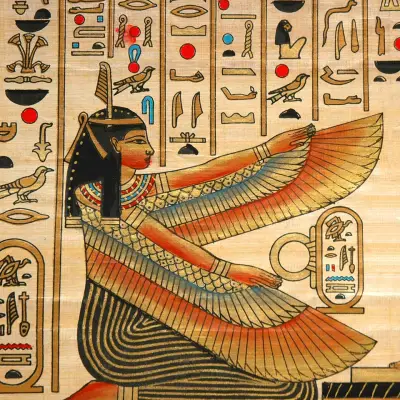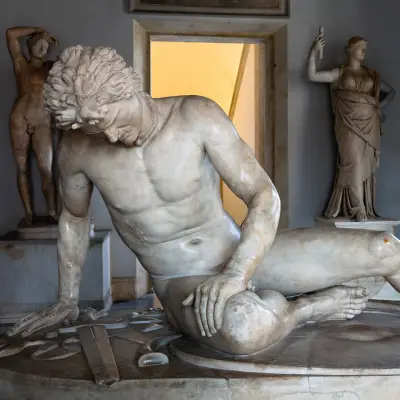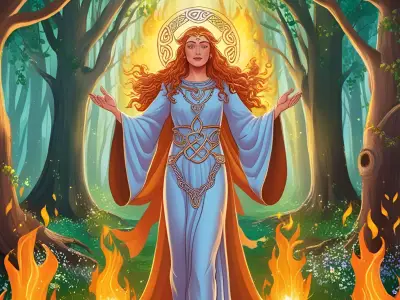Roman mythology is a rich collection of stories that explain the world, the gods, and the values of ancient Rome. These legends are filled with larger-than-life characters, divine interventions, and moral lessons that have resonated throughout history. For anyone fascinated by mythology, these tales are an engaging way to explore Roman culture and its impact on the world. This post explores some of the most famous Roman myth stories. Each legend offers a unique insight into the beliefs and ideals of ancient Rome.
Jump to:
- The Founding of Rome: Romulus and Remus
- The Adventures of Aeneas
- The Abduction of the Sabine Women
- The Twelve Labours of Hercules
- The Tragedy of Orpheus and Eurydice
- The Story of Lucretia
- The Myth of Janus: The Two-Faced God
- The Divine Twins: Castor and Pollux
- The Legend of Numa Pompilius
- The Death of Turnus
- The Story of Tarpeia
- The Ordeal of Horatius Cocles
- The Prophecy of the Sibyl
- The Tale of Cincinnatus
- The Myth of Venus and Anchises
- Frequently Asked Questions about Roman Mythology
- When Did Romans Stop Believing in Mythology?
- Study Roman Mythology for £29
Recommended for you!
Best Sellers1. The Founding of Rome: Romulus and Remus
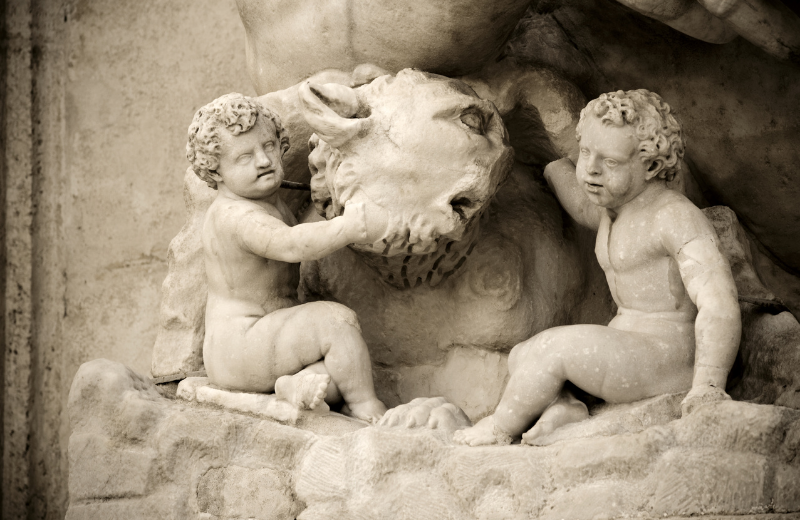
One of the most famous Roman legends is the tale of Romulus and Remus, the twin brothers credited with founding Rome. Born to Mars, the god of war, and a mortal priestess, the twins were abandoned at birth but miraculously survived, thanks to a she-wolf who nursed them.
As adults, Romulus and Remus decided to establish a city but disagreed on its location. This disagreement led to a violent quarrel in which Romulus killed Remus. Romulus then founded Rome and became its first king, naming the city after himself. This story reflects themes of ambition, conflict, and destiny, which are central to many Roman mythology stories.
2. The Adventures of Aeneas
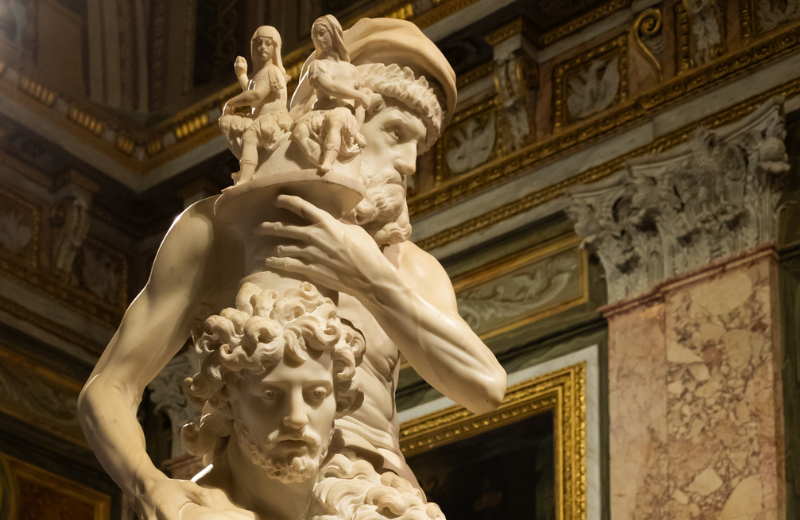
Aeneas, the Trojan hero, is a central figure in Roman mythology and the protagonist of Virgil’s epic poem, The Aeneid. After escaping the fall of Troy, Aeneas began a perilous journey to find a new homeland, guided by the gods. His trials included shipwrecks, battles, and encounters with vengeful deities.
Aeneas eventually arrived in Italy, where he became the ancestor of the Roman people. His story emphasises resilience, duty, and divine guidance, aligning with the Roman ideals of perseverance and loyalty to one’s destiny. Many consider him the greatest hero in Roman mythology, symbolising the virtues the Romans held dear.
3. The Abduction of the Sabine Women
This Roman legend tells the story of how the early Romans, under the leadership of Romulus, secured wives for their growing population. The Romans invited the neighbouring Sabine tribe to a festival, only to abduct their women during the event.
Although this act was initially met with outrage, the Sabine women eventually mediated peace between their families and their Roman captors, leading to the unification of the two groups. While controversial by modern standards, this tale was seen in ancient Rome as a story of reconciliation and unity.
4. The Twelve Labours of Hercules
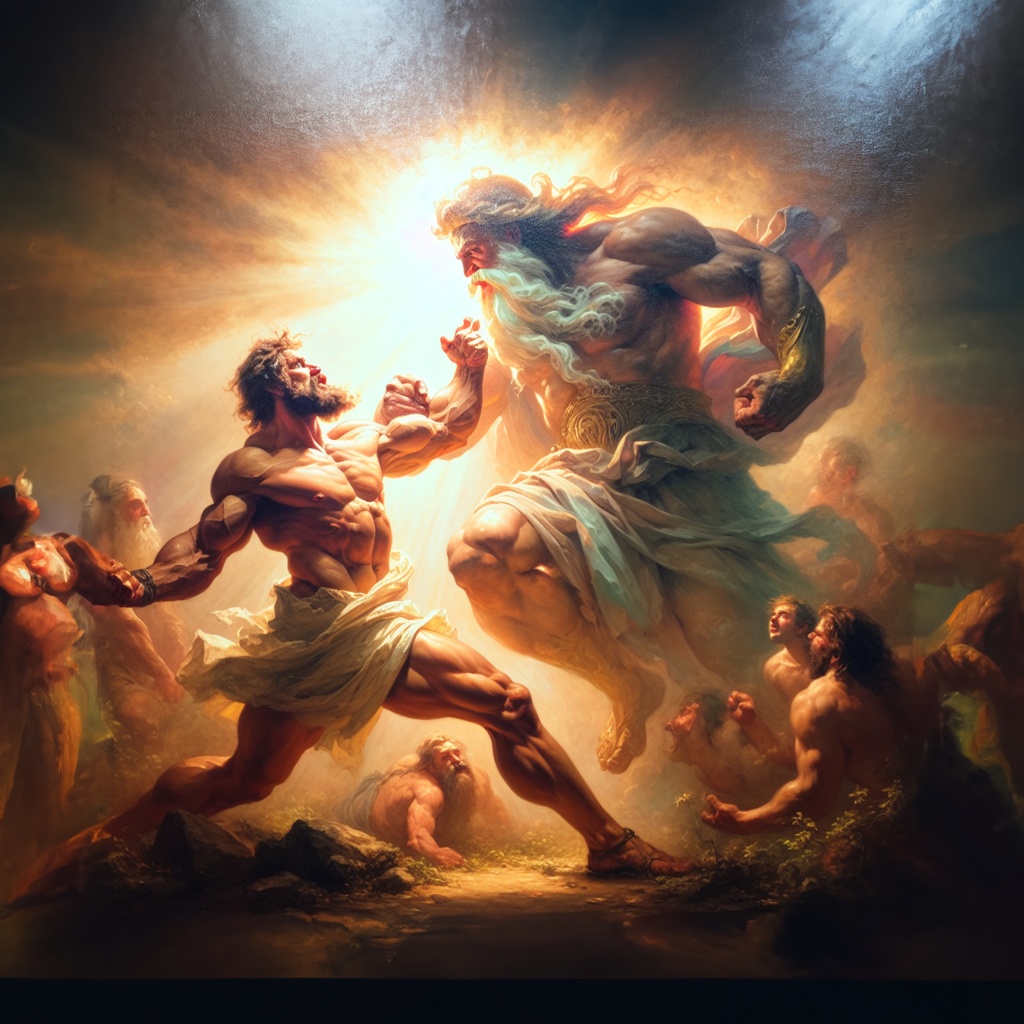
Although Hercules is often associated with Greek mythology, the Romans adopted him as a figure in their own mythological tradition. Known as Heracles in Greek myth, the Roman version of Hercules retained his reputation as a demigod of immense strength and courage.
The Twelve Labours of Hercules are a series of extraordinary tasks he undertook to atone for a crime committed in a fit of rage. These included slaying the Nemean Lion, capturing the Golden Hind, and retrieving the Golden Apples of the Hesperides. Hercules’ incredible feats made him a symbol of heroism and endurance in Roman culture.
5. The Tragedy of Orpheus and Eurydice
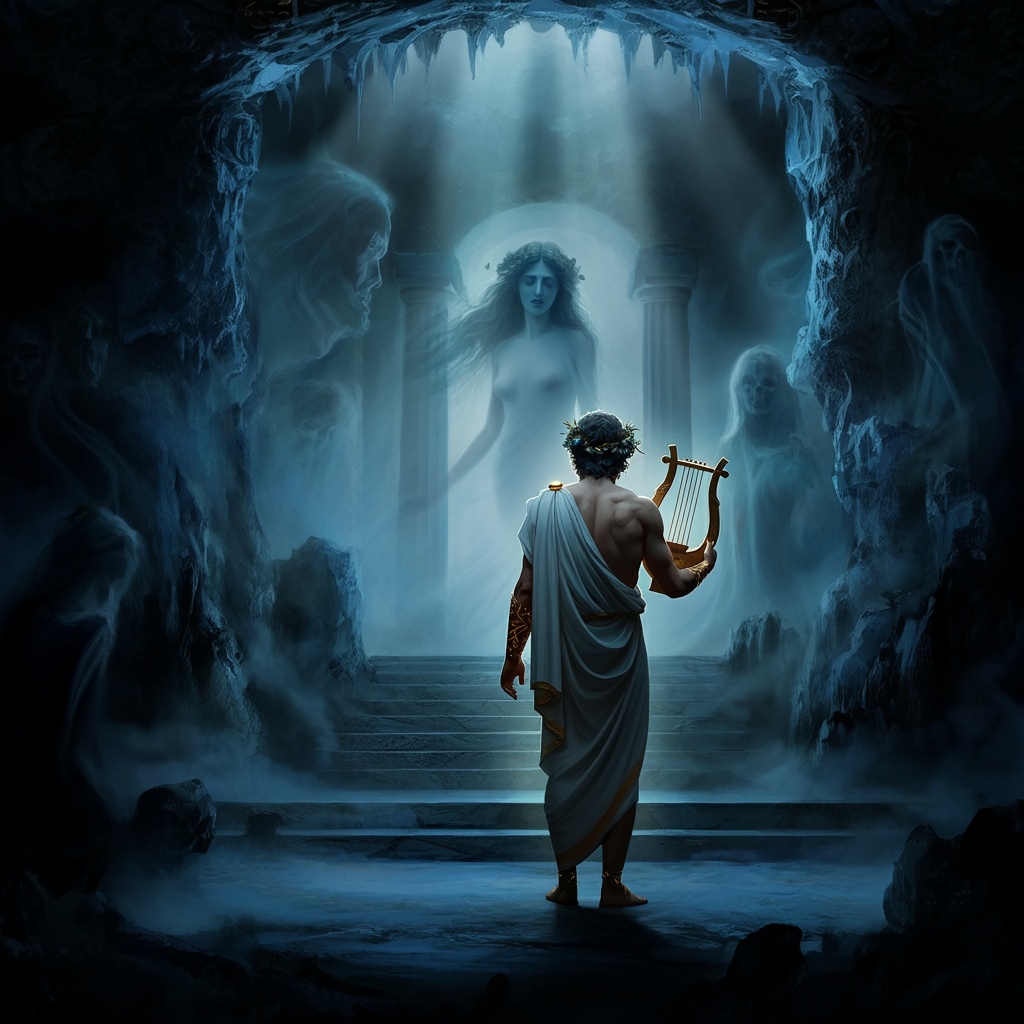
The story of Orpheus and Eurydice, shared by both Greek and Roman traditions, is one of love and loss. Orpheus, a gifted musician, fell deeply in love with Eurydice. When she died tragically, he ventured into the underworld to bring her back.
Moved by Orpheus’ music, Pluto, the god of the underworld, agreed to release Eurydice under one condition: Orpheus must not look back at her until they reached the surface. Overcome by doubt, Orpheus turned to see her, and she was lost to him forever. This powerful tale explores themes of love, trust, and the inevitability of fate.
6. The Story of Lucretia
Lucretia is a key figure in Roman legend, symbolising virtue and honour. Her tragic story begins with her assault by Sextus Tarquinius, a son of the king. Devastated by the violation of her honour, Lucretia took her own life but demanded that her family seek justice.
Her death sparked outrage among the Roman people, leading to the overthrow of the monarchy and the establishment of the Roman Republic. Lucretia’s story illustrates the Roman values of honour, justice, and the willingness to fight for freedom.
7. The Myth of Janus: The Two-Faced God
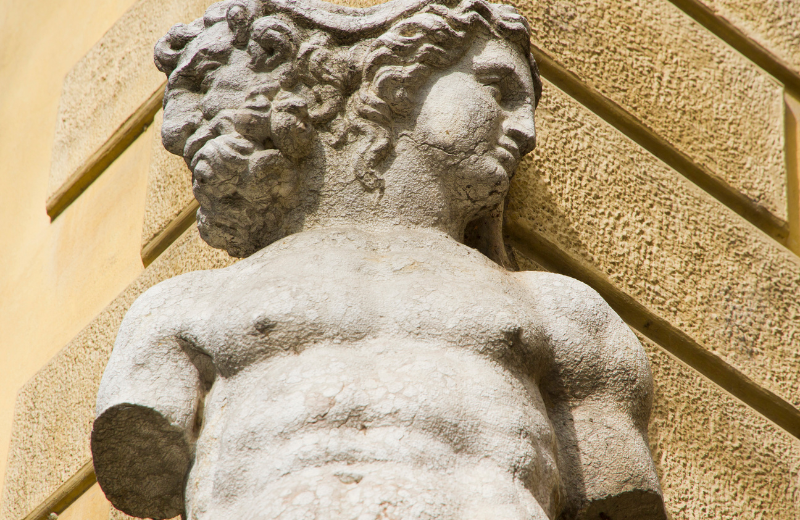
Janus, the god of beginnings, transitions, and doorways, is unique to Roman mythology. Depicted with two faces, one looking to the past and the other to the future, Janus symbolises duality and change. His presence was invoked at the start of new ventures and during important transitions, reflecting the Roman emphasis on planning and foresight.
While not a traditional narrative, Janus’ mythological role provides insight into Roman spirituality and their respect for the cyclical nature of time.
8. The Divine Twins: Castor and Pollux
Castor and Pollux, known as the Dioscuri, are twin brothers who appear in both Greek and Roman mythology. They were the sons of Jupiter and mortal women, making them demigods. They were fiercely loyal to each other, and their bond was so strong that when Castor died, Pollux begged Jupiter to let them remain together.
In response, Jupiter placed them in the heavens as the constellation Gemini. Their story symbolises brotherhood, sacrifice, and the enduring nature of family ties.
9. The Legend of Numa Pompilius
Numa Pompilius, the second king of Rome, is one of the most significant figures in early Roman tradition, often described as a wise and pious ruler. Unlike his predecessor Romulus, known for military conquests, Numa emphasised peace and religious reform.
Guided by the nymph Egeria, who was said to provide him with divine counsel, Numa established sacred rites, rituals, and institutions that were integral to Roman religion. These included the founding of the Vestal Virgins and the introduction of the Roman calendar, dividing the year into days for work and worship.
This legend reflects the Roman ideals of law, order, and reverence for the divine. His story also reveals how the Romans valued the harmony between human governance and divine guidance, believing that their success as a civilisation depended on maintaining a close relationship with the gods.
10. The Death of Turnus
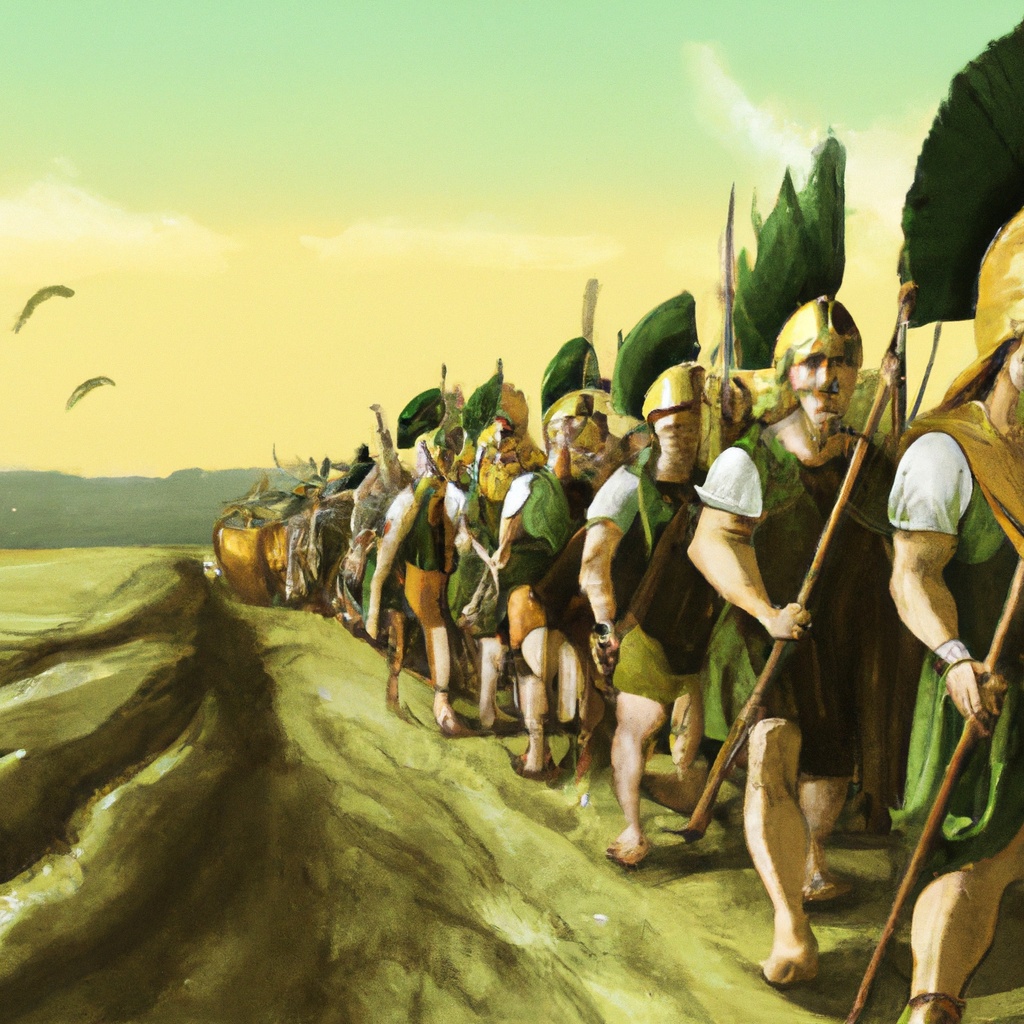
In Virgil’s Aeneid, Turnus is Aeneas’ primary rival and resists the Trojan hero’s destiny of founding Rome.
The conflict between Aeneas and Turnus reaches a dramatic climax in their final duel. Turnus is ultimately defeated by Aeneas, a moment that is steeped in moral and divine complexity. Aeneas initially hesitates to deliver the killing blow, moved by Turnus’ plea for mercy, but ultimately slays him after noticing that Turnus is wearing the belt of Aeneas’ fallen comrade, Pallas.
The story of Turnus highlights central themes in Roman mythology, such as the inevitability of destiny and the sacrifices required to fulfil it.
11. The Story of Tarpeia

Tarpeia is remembered as a tragic figure in Roman legend, her story serving as a cautionary tale about greed and betrayal. As the daughter of a Roman commander, Tarpeia betrayed the city to the Sabines, offering to open its gates in exchange for what she believed would be a reward of golden bracelets.
However, instead of rewarding her, the Sabines crushed her beneath their shields, marking her as a symbol of treachery. Her name lives on in the Tarpeian Rock, a cliff in Rome from which traitors were later thrown to their deaths.
The story of Tarpeia highlights the consequences of prioritising personal gain over loyalty and the welfare of the community. The tale also serves as a grim reminder of the harsh punishments meted out to those who threatened the stability of the state, a key theme in Roman culture.
12. The Ordeal of Horatius Cocles
Horatius Cocles is one of the most celebrated heroes in Roman legend, known for his courage and selflessness in defending Rome from an Etruscan invasion.
When the enemy sought to cross the Tiber River into Rome, Horatius single-handedly held the bridge while his fellow Romans worked to destroy it. Despite overwhelming odds, he stood firm, fighting bravely until the bridge collapsed. According to the legend, he then swam back to safety, earning eternal fame for his bravery.
This story captures the essence of Roman values: courage, duty, and sacrifice for the greater good. His tale was a source of inspiration for Romans, reinforcing their belief in resilience and loyalty as the foundation of their civilisation.
13. The Prophecy of the Sibyl

The Sibyl of Cumae is a key figure in Roman mythology, known for her role as a prophetess who guided heroes and shaped the course of Roman history.
Her most famous interaction was with Aeneas, whom she guided through the underworld, providing him with the insights and resolve needed to fulfil his destiny. The Sibyl’s prophecies, often cryptic and poetic, were recorded in the Sibylline Books, which were consulted by Roman leaders during times of crisis.
The legend of the Sibyl highlights the Roman belief in fate and divine intervention. The Sibyl’s presence in mythology also illustrates how the Romans sought guidance and reassurance from the gods in moments of uncertainty, relying on divine wisdom to navigate challenges.
14. The Tale of Cincinnatus
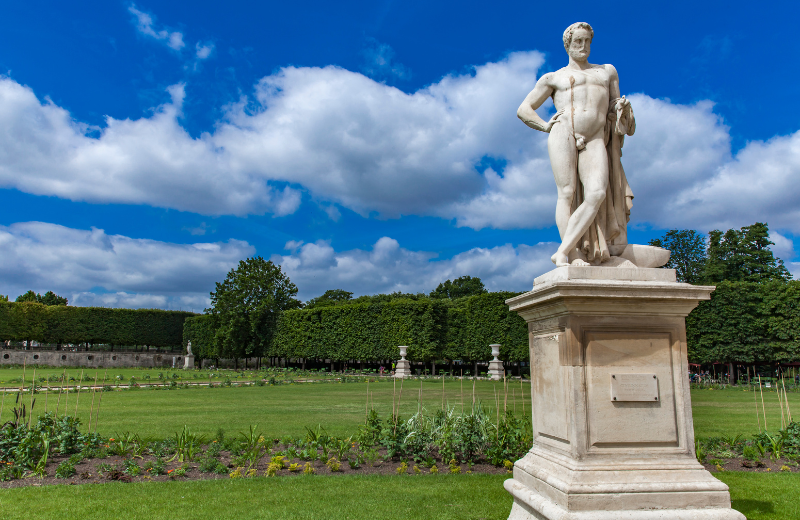
Cincinnatus is often hailed as the ideal Roman leader, embodying humility, selflessness, and dedication to the republic.
According to the legend, he was a farmer who was called to serve as dictator during a military crisis. Cincinnatus led Rome to victory and, rather than clinging to power, promptly returned to his farm once the crisis was resolved. His willingness to relinquish authority made him a symbol of virtuous leadership.
This story exemplifies the Roman ideals of civic duty and the prioritisation of the common good over personal ambition. Cincinnatus’ actions were held up as a model for future leaders, demonstrating that true greatness lies in serving the community with honour and integrity. His legend has continued to inspire political and moral thought throughout history.
15. The Myth of Venus and Anchises
The love story of Venus and Anchises is central to the origins of Rome, as it led to the birth of Aeneas, the forefather of the Roman people.
According to the myth, Venus, the goddess of love, fell in love with Anchises, a mortal shepherd. Disguising herself as a mortal, she approached Anchises, and their union produced Aeneas. When Anchises later boasted about his relationship with Venus, he was struck by Jupiter’s thunderbolt as punishment for his hubris.
The divine lineage of Aeneas highlights the belief that Rome’s origins were guided by destiny and divine favour. The tale also highlights themes of love, pride, and the consequences of defying divine will.
Recommended for you!
Best SellersFrequently Asked Questions about Roman Mythology
What is the difference between Roman and Greek mythology?
Roman and Greek mythologies share many similarities because the Romans adopted much of Greek mythology and adapted it to their culture. However, there are differences in names, interpretations, and emphasis. For example, Zeus becomes Jupiter in Roman mythology, and the Roman gods are often associated more with civic and military duties, while Greek gods are portrayed with a stronger focus on personal traits and emotions.
Were Roman gods all-powerful?
Roman gods were powerful but not omnipotent. They often had specific domains, such as Jupiter ruling the sky, Neptune the sea, and Mars war. They were also subject to fate and sometimes acted out of human-like emotions such as jealousy, anger, or love, which added a relatable complexity to their characters.
How did Romans worship their gods?
Romans worshipped their gods through rituals, prayers, sacrifices, and festivals. Each god had a specific role, and temples were built in their honour. Daily worship often included offerings like food or wine, while grand festivals and public ceremonies marked important religious events.
Why are Roman myths important today?
Roman myths provide valuable insights into the values, beliefs, and social structures of ancient Rome. They continue to influence modern storytelling, language, art, and philosophy. Studying these myths helps us understand the foundations of Western culture and the timeless human themes they explore.
Did Roman mythology have an end-of-the-world story?
Unlike some mythologies, Roman mythology does not have a specific "end-of-the-world" narrative comparable to Norse Ragnarok. However, the Romans believed in cycles of destruction and renewal, reflected in their reverence for time, fate, and the changing of eras.
How were Roman myths passed down?
Roman myths were transmitted through oral tradition, literature, and art. Poets like Virgil, Ovid, and Livy played a significant role in preserving these stories in works such as The Aeneid and Metamorphoses. Public art, such as frescoes and statues, also depicted key mythological scenes.
Are there Roman mythology stories for every god?
While some gods, like Jupiter, Mars, and Venus, feature prominently in Roman myths, others are less well-documented. Minor deities often had specific roles in rituals or were associated with particular aspects of life, such as childbirth, agriculture, or household duties, and their stories may not be as elaborate.
Why did the Romans associate gods with planets?
The Romans named the planets visible to the naked eye after their gods because of their significance and symbolic connection. For example, Mars, the red planet, was named after the god of war due to its reddish hue, resembling blood.
Were there female heroes in Roman mythology?
Although they were less common than male heroes. Figures like Cloelia, who escaped captivity and led a group of women to safety during a war with the Etruscans, were celebrated for their courage and leadership. Female characters often symbolised virtues like loyalty, bravery, and wisdom.
When Did Romans Stop Believing in Mythology?
By the 4th century AD, Roman mythology had largely been replaced by Christianity as the dominant belief system in the Roman Empire. Pagan practices were suppressed, and the gods of Roman myth became relics of the past. However, their stories continued to be preserved in literature and art, influencing Western culture for centuries.
Even though the Romans no longer believed in their mythology, the themes and lessons of these stories remain relevant today. They offer timeless insights into human nature and the values of ancient societies.
Study Roman Mythology for £29
If you're fascinated by Roman mythology and want to learn more about these ancient stories, we offer a fascinating Roman Mythology Diploma Course, covering Roman history, culture, and mythology. For a limited time, you can enrol in this course for just £29!

